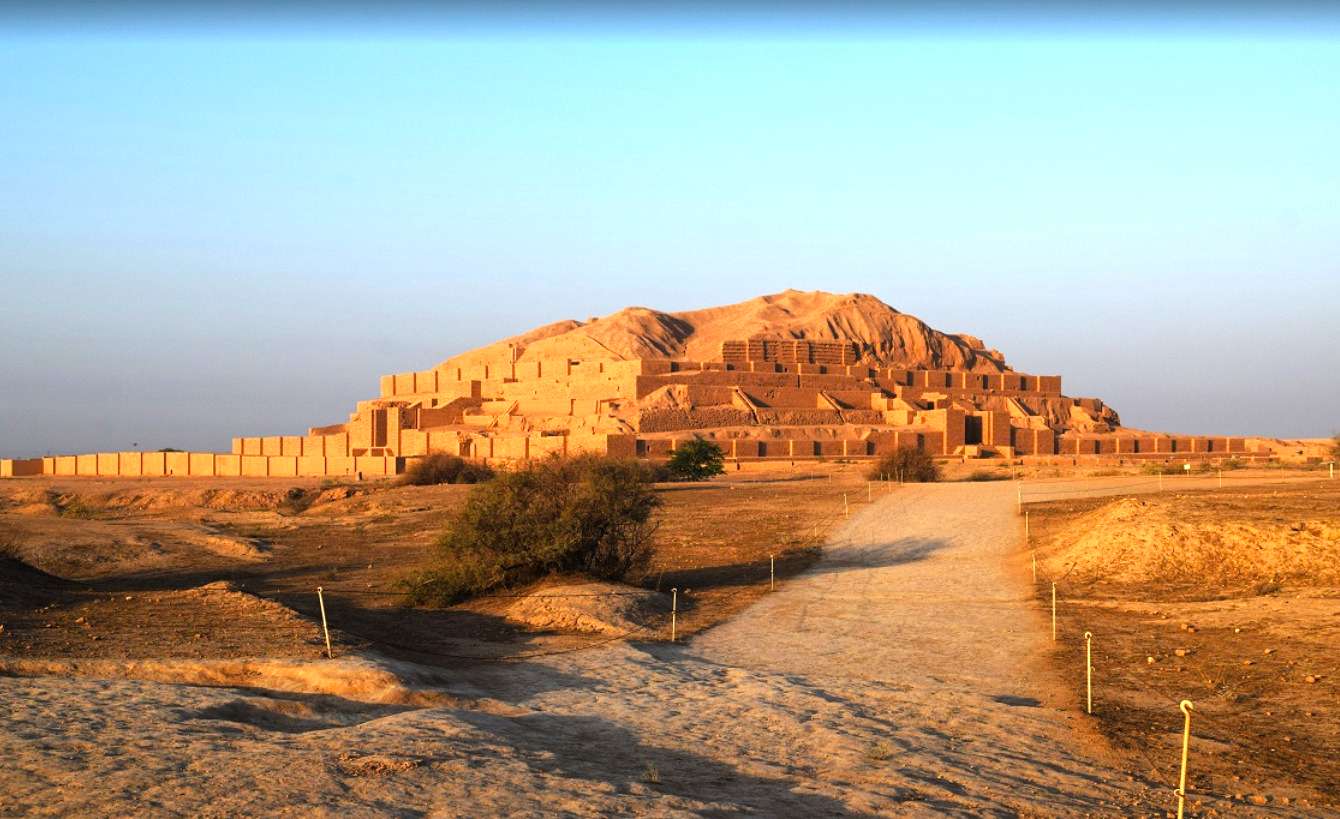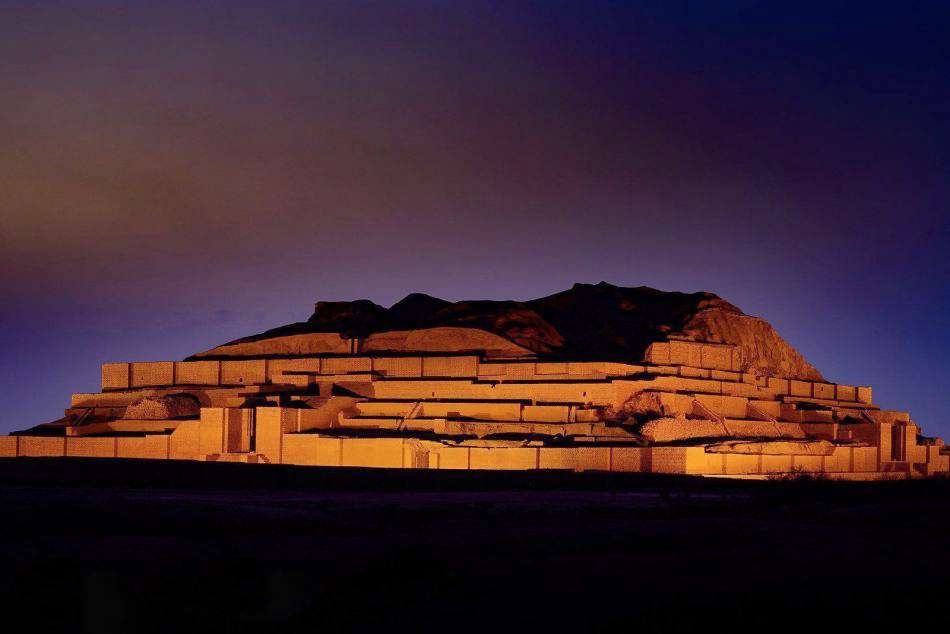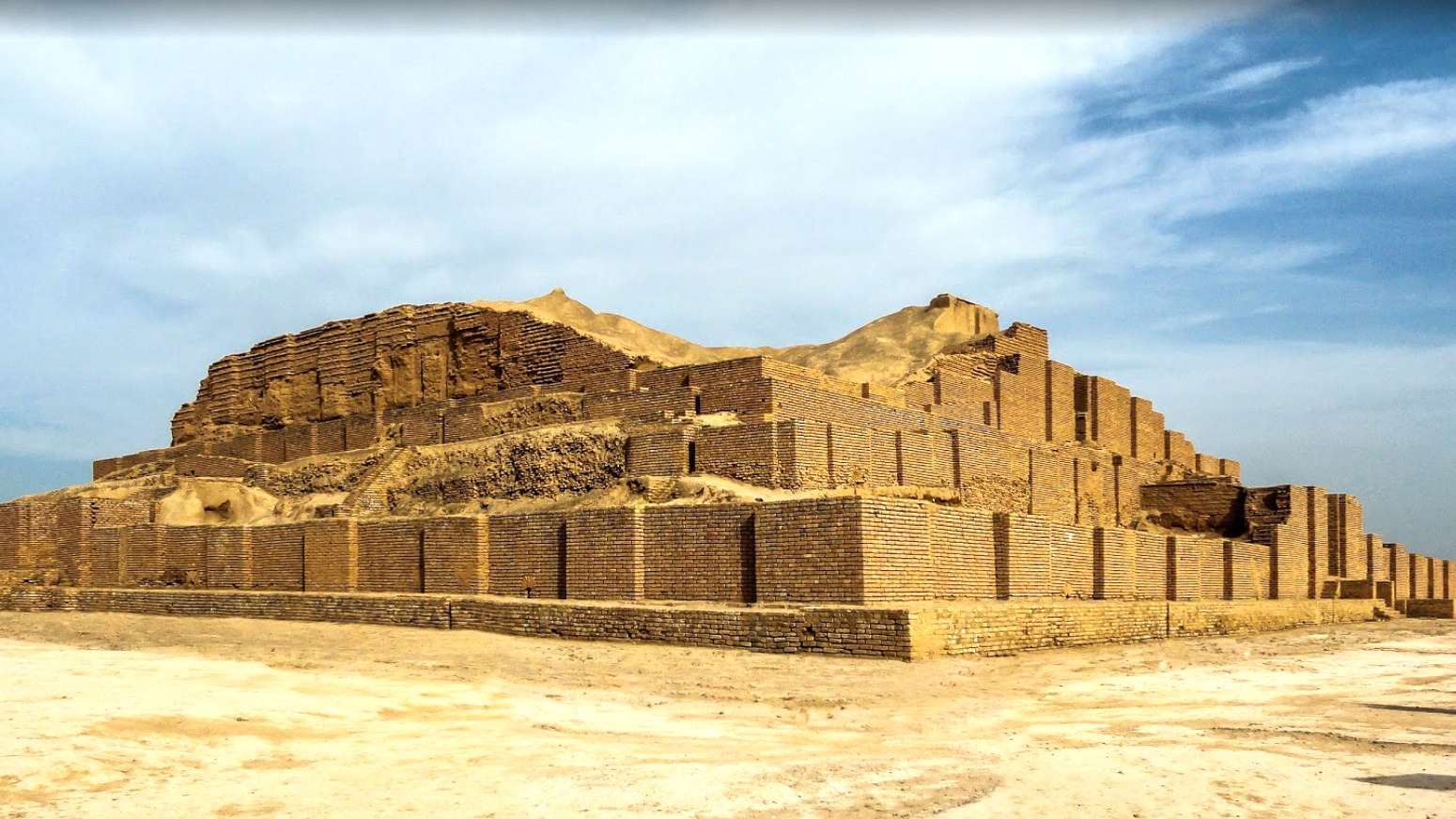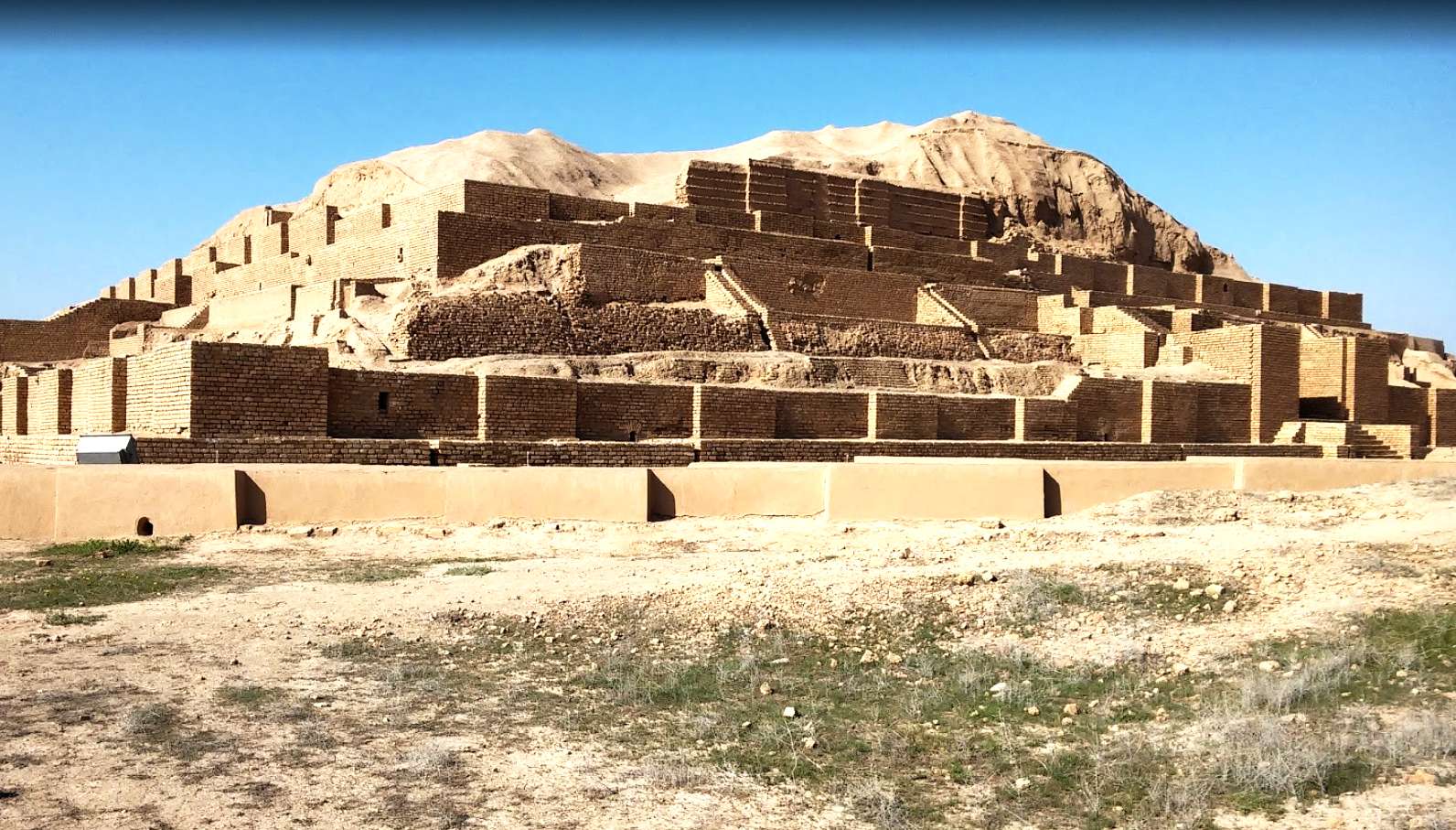Chogha Zanbil
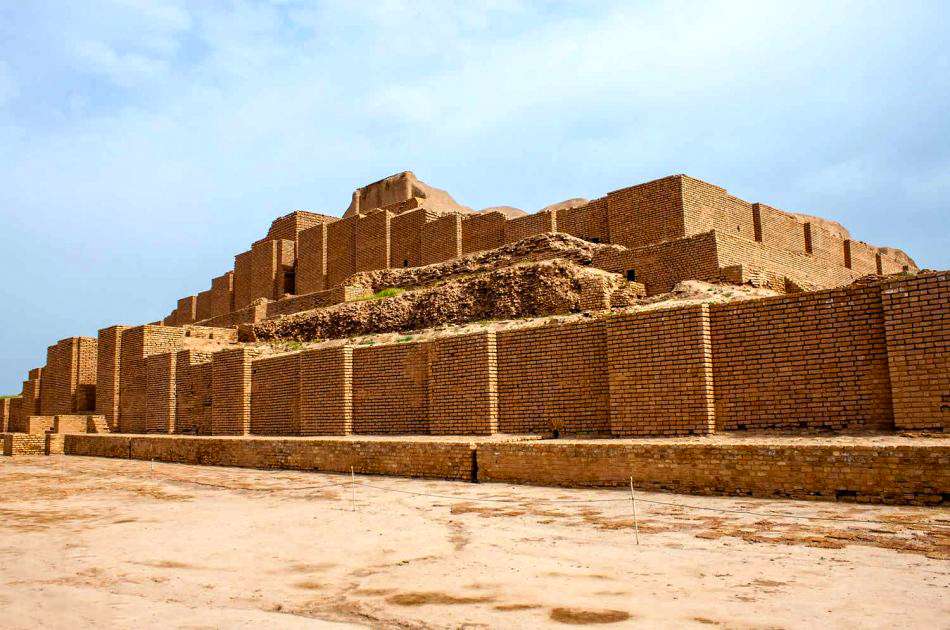
- Visiting
Chogha Zanbil in Shush
- ThemeHistory and Culture
- CodeIRSG1161
- Duration2 hr(s)
- Tell061 4286 7213
Visiting the remains of the best-preserved Elamite architecture founded in 1250 B.C.
- Spring8:00-12:00 *15:00-18:30
- Summer8:00-12:0015:00-18:30
- Autumn8:00-12:0015:00-18:30
- Winter8:00-12:0015:00-18:30
* Best Time
Photos of the Chogha Zanbil
Explore the Chogha Zanbil
Chogha Zanbil
The ancient city of Dur Untash, located at the southwest of Susa, on the banks of Dez River, was founded by Untash Napirisha, around 1250 BC. Chogha Zanbil, a ziggurat dedicated to the great God, Inshushinak, was considered as the most important religious center of the Elamite kingdom. In addition, the palaces, the temples, the paved brick roads, and the water irrigation system of the city of Dur Untash (Assyrian), also known as Untash-Gal (Elamite), represented a sample of the advanced art, culture, and civilization of the Elamites. However, the unused bricks found at the site show that the city remained unfinished after Untash Napirisha’s death.
This 100-acre city used to have three concentric ramparts: the outer wall enclosing a vast complex of residences, and the royal quarter, a second wall guarding the temple, and the third wall enclosing the ziggurat. At the northwest of the inner enclosure wall, there were three temples attributed to minor divinities Napirisha, Ishnikarab, and Kiririsha. The middle zone, named temenos by Ghirshman, consisted of four gates leading to the outer area, and accommodated several temples. The outer area forms the largest part of the city, including the residential quarter. Some 200 m northeast of the outer wall, there is another area close to the city gate which is recognized as the royal quarter, including three buildings and several courtyards. The remains of three royal palaces, the water reservoir, and a few temples are located in this part.
One of the striking features of the city is its water irrigation system which includes the oldest physical water treatment system in the world. Untush Napirshah ordered to build a 45-meter-long water canal to bring the water from the ancient river of Karkhe to the city of Dur Untash. Accordingly, the large water reservoir was installed outside the city wall and a small basin inside it. When the reservoir was filled up, the filtered water passed through nine water ways and filled the small basin inside the city.
In spite of the ravages of time, archeological excavations revealed footprints of humans and animals dating back to thousands of years ago. Also, several items were found such as: glass bars, nails, door leaves, pottery, mace, animal figurines, cylindrical seals and a chariot wheel. The glass bars found on the western gate were used to decorate the doors. Interestingly, this is the oldest use of glass in the world's architecture.
The Ziggurat
Being buried under heaps of dust, Chogha Zanbil ziggurat first came to the attention of one of the explorers of the Anglo-Iranian oil company in 1935. Then, the initial excavation was carried out by Roman Ghirshman from 1946 to 1962.
Located at the center of the city, Chogha Zanbil is the largest ziggurat built outside the Mesopotamia. This ziggurat was built during a time when Elamite civilization was at the peak of its cultural development, contemporaneous with the reign of the Elamite king, Untash Napirisha (1275-1240 BC). In that era, the ziggurat served as the religious center and the burial ground for the Elamites.
The ziggurat of Chogha Zanbil was mainly made of mud brick; however, blue and green glazed bricks, plaster mortar, glass, and pottery were lavishly used for its decoration. The brick inscriptions are repeated in every eleventh row of baked bricks on the four sides of the ziggurat.
The early structure of the ziggurat used to be a four-sided structure consisting of a square open courtyard of 105 m, surrounded by rooms and fortified walls as long as 4 km. Four of these rooms were dedicated to the temple of Inshushinak. In another phase of construction, some mud-brick terraces and another temple attributed to Inshushinak were annexed to the main temple. Later on, at the reconstruction phase, a five-storey temple tower with a height of 52 meters was built. It is believed that the highest storey of the temple was dedicated to Inshushinak, as he was the guardian of Susa. Every floor started from the ground level, a characteristic unlike the style used in Mesopotamian, where ziggurats were built by placing stories successively one above another.
Nowadays, of the five stores, only two have stood the test of time. The first floor is 105 * 105 m and one meter higher than the ground level. The second floor is 8 meters high and 16 meters wide. There used to be four doors in the middle of each side, decorated with a pair of guardian animals, like winged griffins and bulls. Of these four entrances, only the southwestern door gave access to the highest floor.
Three small circular brick buildings were built on three sides of the Ziggurat. The one on the northwest has remained undamaged and during the excavations of the site, it served as a model for the French archeologists based on which another circular structure on the southwest of the ziggurat was renovated. These three structures used to function as the sundial by showing the sunset, sunrise and the beginning of each season.
Highlights
- Sheikh Khomat Village
- Haft Tappeh
Sheikh Khomat Village
When visiting the Unesco-recognized site of Chogha Zanbil, save some time to cherish Sheikh Khomat Village, some 3 km north-west of the ancient ziggurat. Sheikh Khomat is a tiny village adjacent to Dez protected area and Dez River and is home to Arab, Badawi and Bahadori tribes. It is named after Sheikh Khomat, a member of Badavi tribe, who settled down in the area with his family about 100 years ago. They used to make a living by farming and breeding buffs, camels, sheep, and bulls. After some years, other tribes came and settled in the village. The new villagers also won their bread by farming and animal husbandry, as the total population of the village does today.
This attractive village is known for the hospitality of its residents, marked by a special coffee-serving ceremony. Having its root in Arabic traditions, the mentioned coffee-serving ceremony is especially dedicated to men. As the male guest arrives at his destination, the host invites him to “mozif” (the guest room), an arched room built by canes and straws and carpeted with a piece of hand-woven rug. Equipped with a low-rise door, each person entering mozif should bend from his waist, as if bowing and showing respect. Traditionally, the elderlies occupy the best part of mozif and are first to be served coffee.
“Alwaniah,” Khomat’s local music performed at special ceremonies, and handicrafts made by women, such as straw mats, make other attractions of the village. Also, you can take Khomat’s fresh dairies and local bread as a souvenir to your dear ones.
Haft Tappeh
Haft Tappeh is a large Elamite site in Khuzestan, about 10 km southeast of Susa and 50 km south of Andimeshk. It is composed of several individual mounds, collectively forming a high-rising mass above the surrounding plain. The number seven, haft in Haft Tappeh, (the Seven mounds), is loosely used to refer to the number of mounds composing this archeological site.
The ancient name of Haft Tappeh remains under a veil of doubt. Based on descriptions in a number of early texts, some scholars suggest that it may have been Tikni, known as a religious center, but the excavations carried out in Haft Tappeh have produced no concrete evidence to support this theory. However, several seal impressions and clay tablets found at Haft Tappeh indicate the name "ka-ap-nak" and it is more probable that this was the original name of this site.
Actually, the archeological site of Haft Tappeh includes 14 mounds, of which the largest one is 17 m high and covers an area about 1500 long and 800 m wide. This is a single level site, with no evidence of occupation before the constructional period and very minimal evidence afterward. The massive sun-dried and baked-brick buildings of Haft Tappeh, perhaps of a religious or some other public function, all were built during a single period, lasting for one or two centuries during the middle of the second millennium B.C, at which Haft Tappeh was a major Elam city.
The buildings uncovered on the mound were mainly built of sun-dried brick dating back to the Elamite time. The other architectural remains comprise firstly of the Tomb Temple Complex, including a royal tomb, a smaller tomb and a courtyard which is believed to be the resting place of Tepti Ahar, the Elamite king. The second part is the Terrace complex I which is located at 100 m southeast of the Tomb Temple Complex. The terrace complex shows off a many-sided terrace which seems to be a part of a larger structure. The outstanding parts of this complex were the halls with polychromic painted walls. The third part is the area next to the Terrace Complex I, apparently an art workshop including bowls, several bronze nails and a bunch of other unusual objects.
The most important excavations include the inscribed stone reliefs and tablets dating back to the Elamite era as they are in the Babylonian language. Bearing the name of Tepti Ahahr, the Elamite king, they provide archeologists with the evidence that Haft Tape was built by his order in the 2nd millennium B.C.
Important Information
Additional Info
Avoid going there in the middle of the day (around 12:00 to 3:00 PM), as there is no shade to escape from the heat of the sun.
